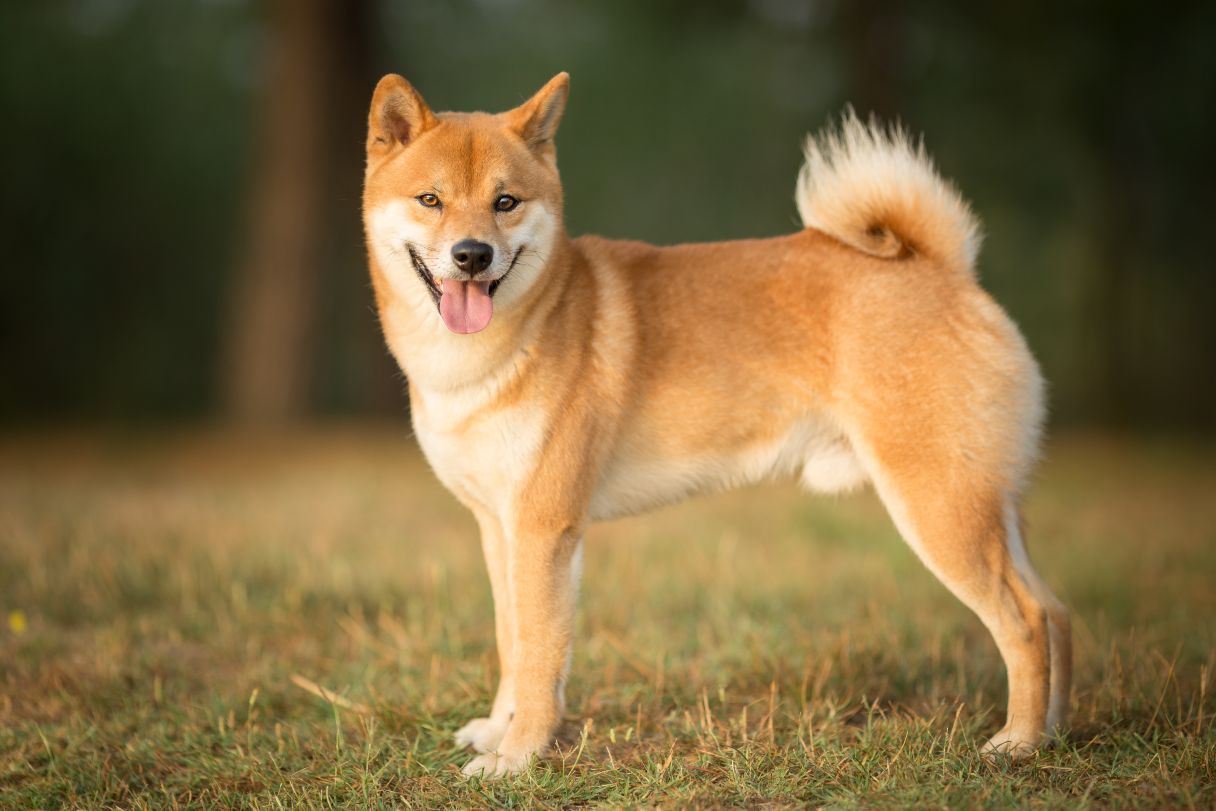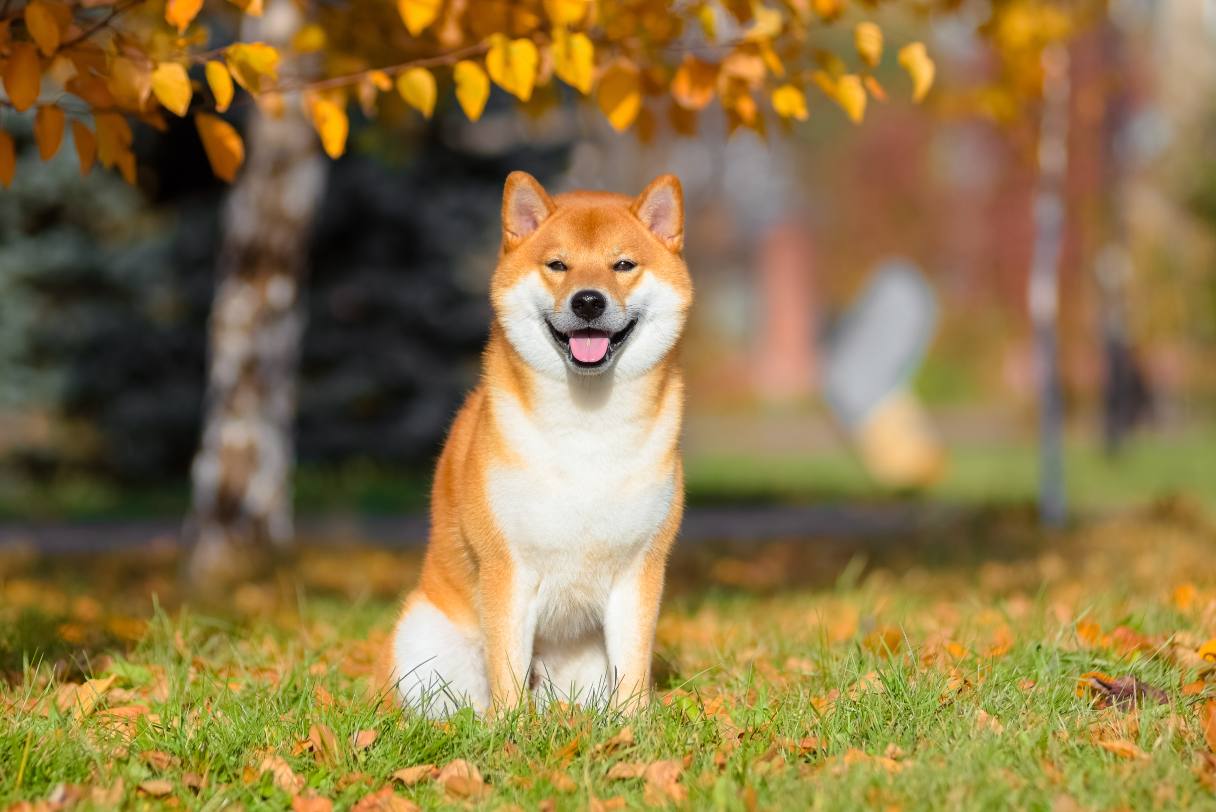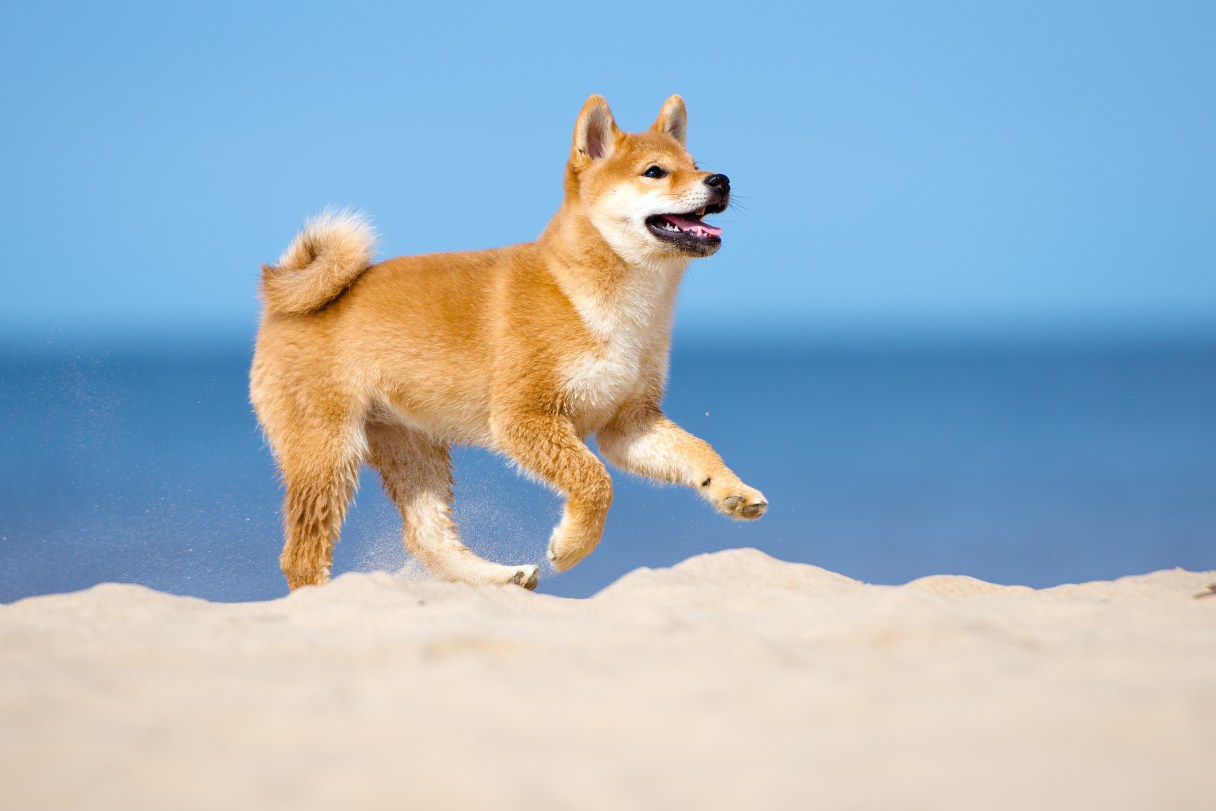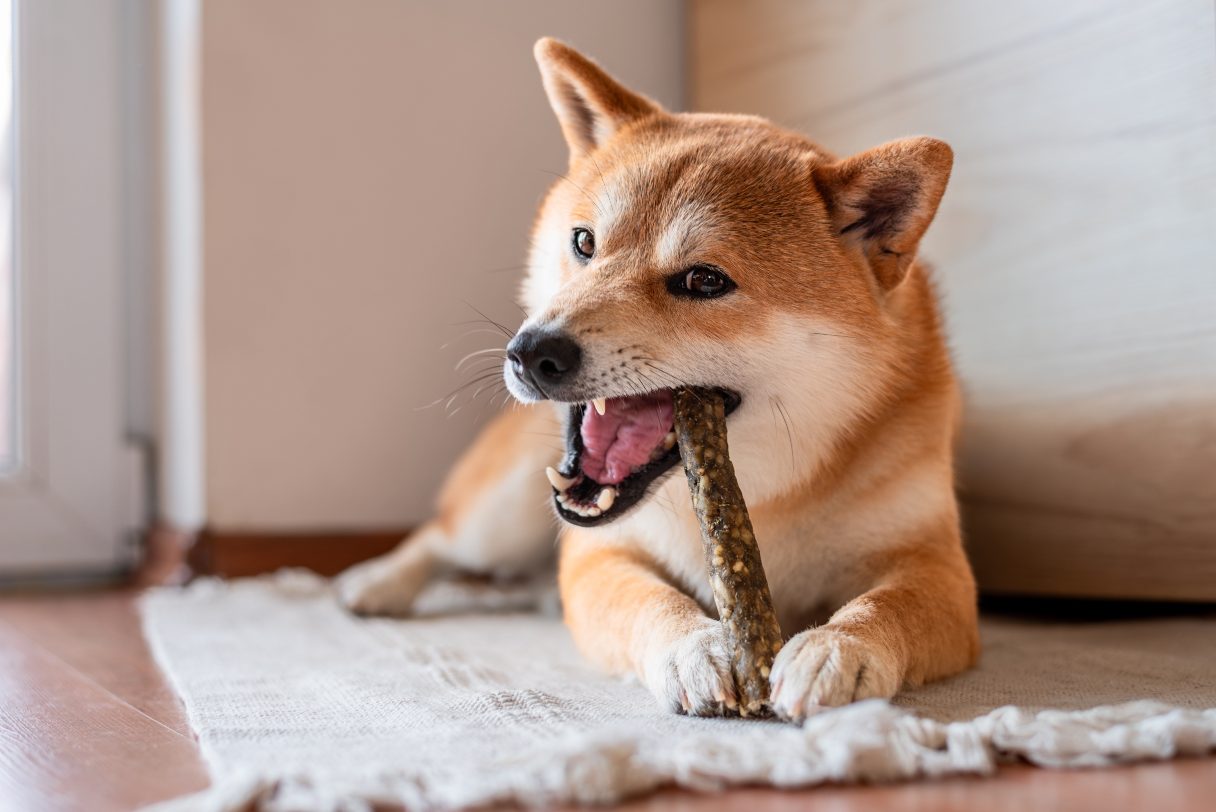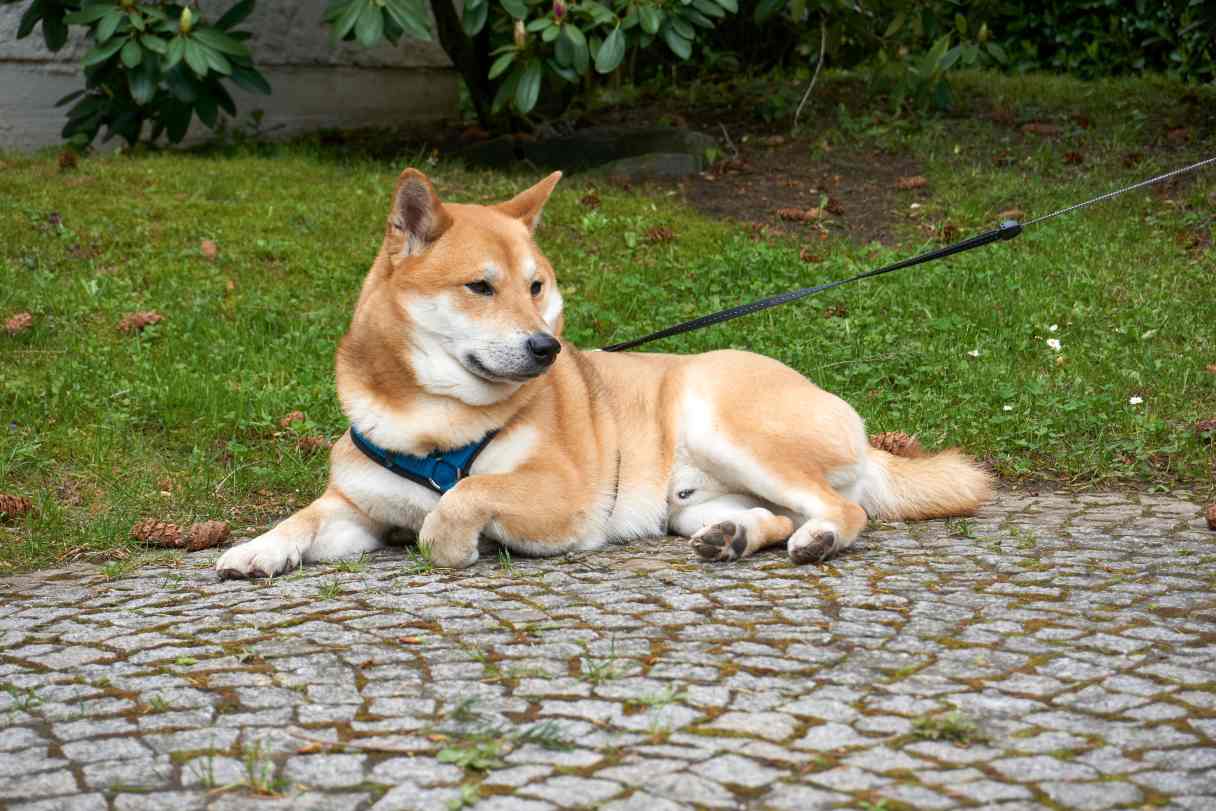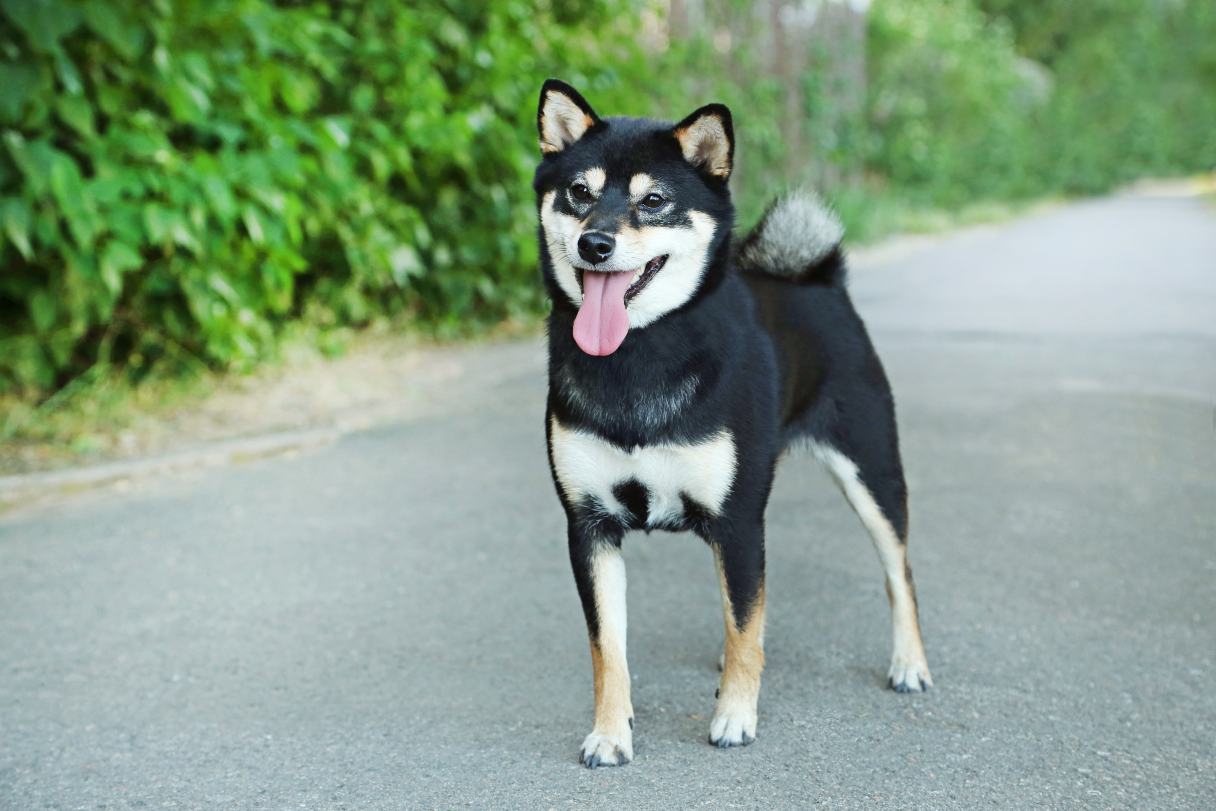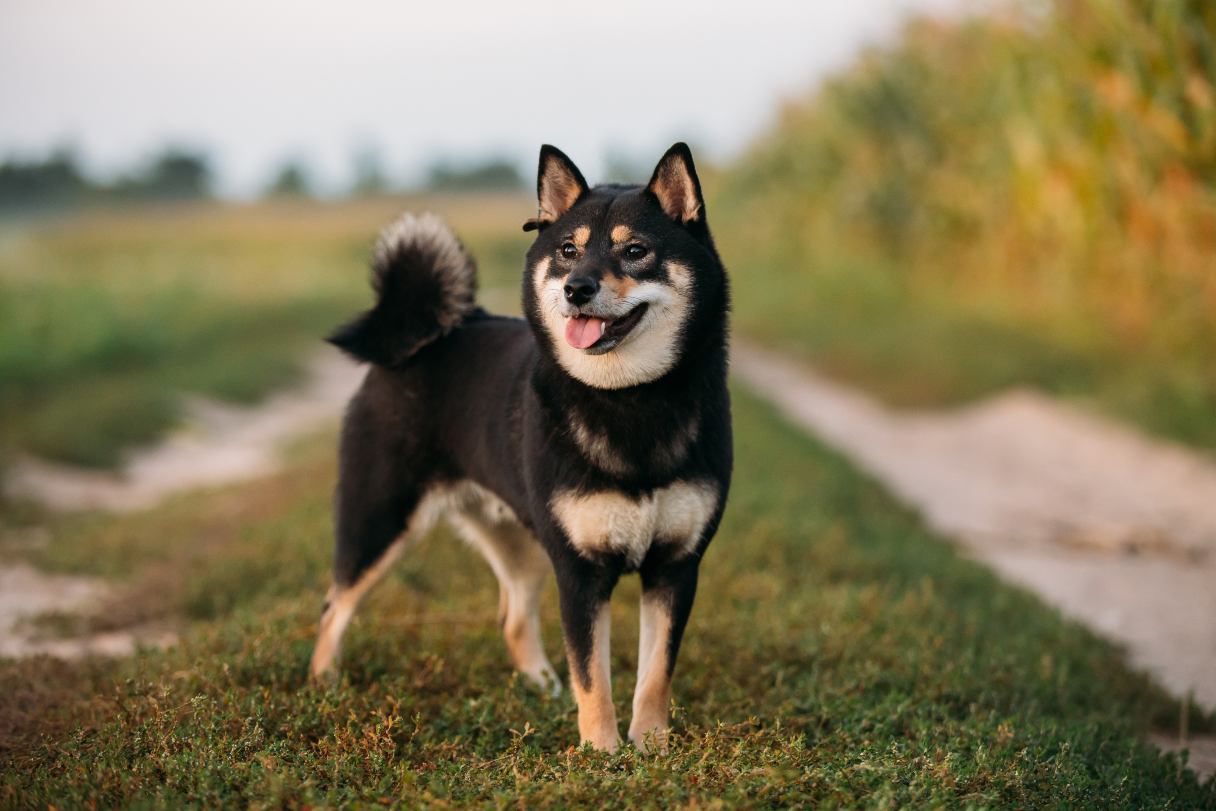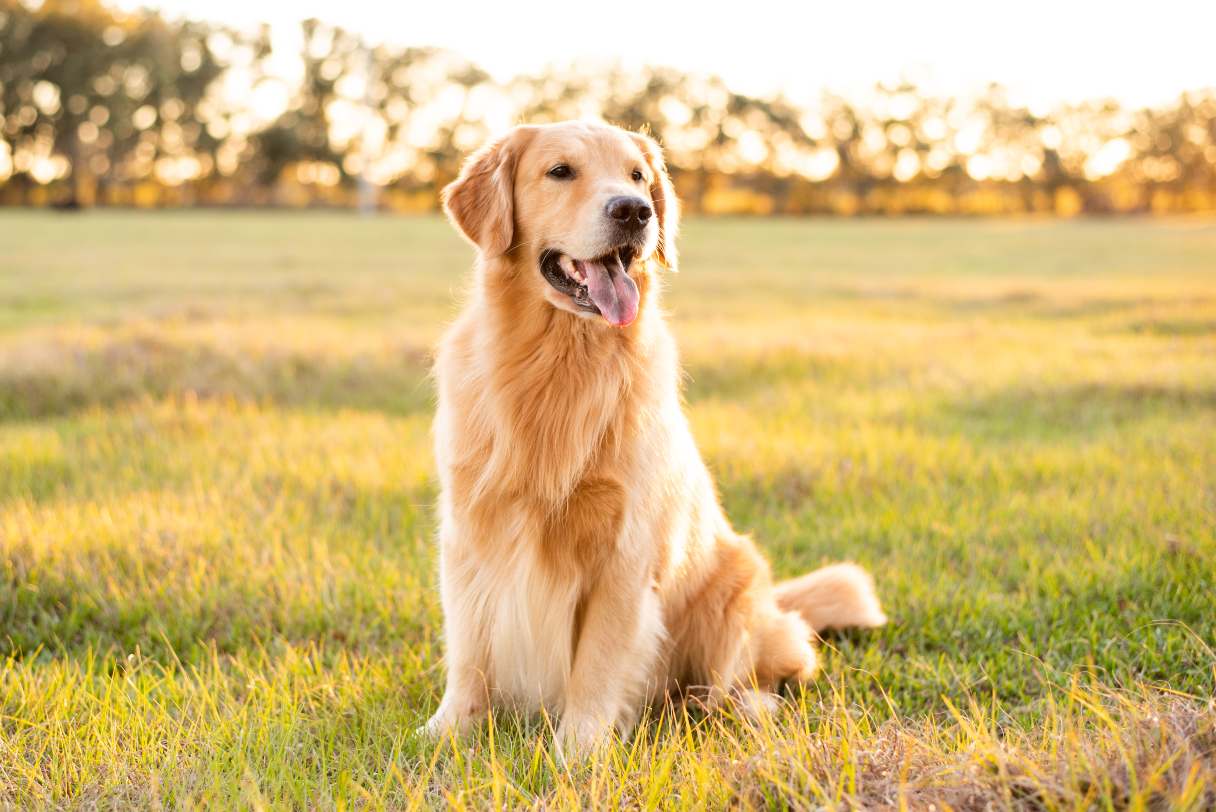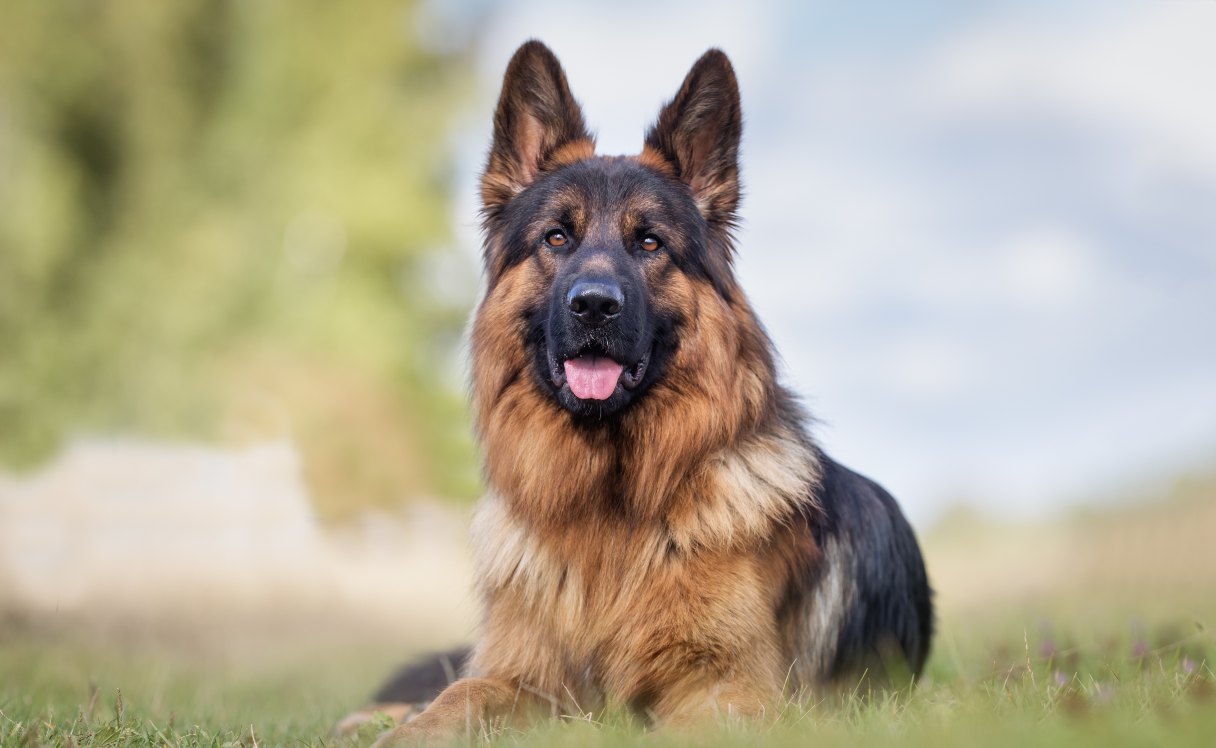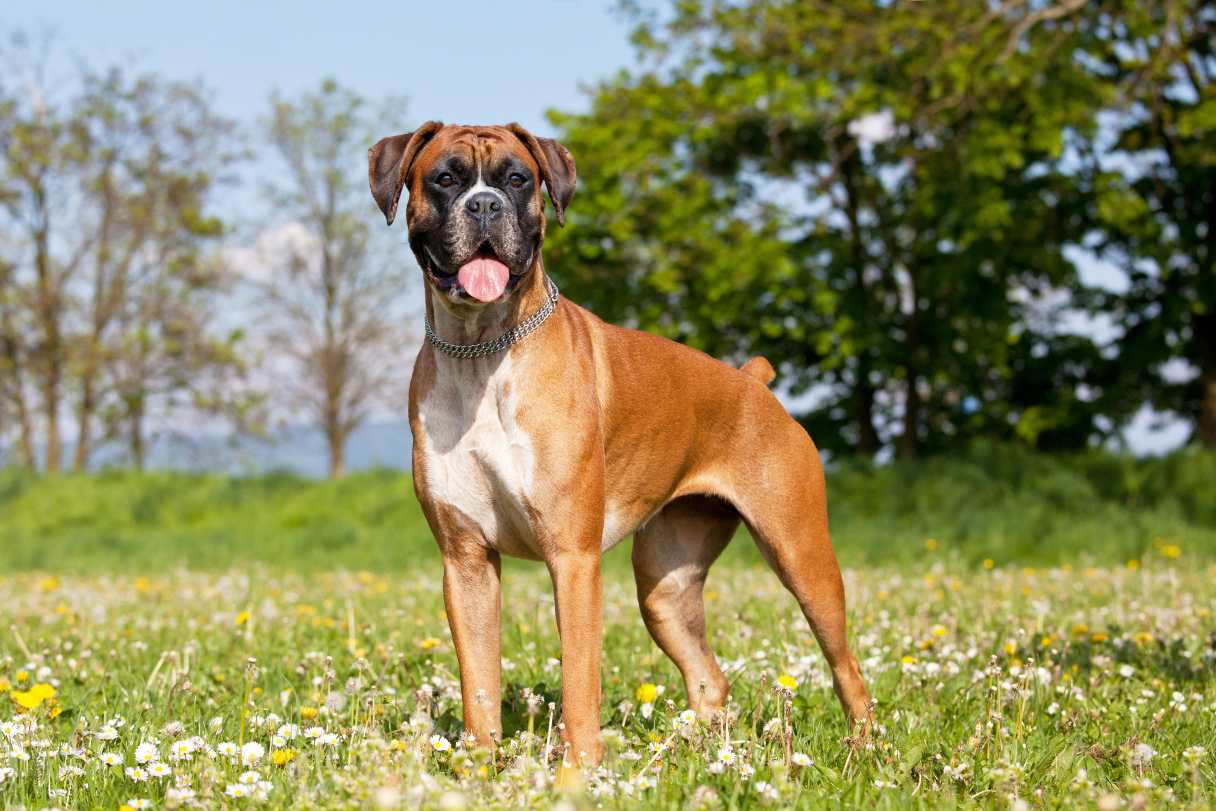The Shiba Inu is one of Japan’s most ancient native breeds, as well as the smallest and the most popular. Fox-like in appearance and almost catlike in temperament, these are spunky little dogs with huge personalities who make skilled hunters as well as loving family pets.1
Learn about the Shiba Inu’s temperament and what they’re like to live with and take care of, as well as their health and wellness needs.
About the Shiba Inu Dog Breed
The main ancestor of the Shiba is believed to have arrived in Japan as early as 7,000 B.C. These small dogs lived with the Jomon-jin, a tribe of people who lived from 14,500 B.C. to 300 A.D. It’s thought that the Shiba Inu dog breed came about by crossing these little dogs with another type of dog who arrived in Japan around 300 B.C.1
It’s not certain where the breed’s name came from. While “Inu” is Japanese for “dog,” “Shiba” means “brushwood,” which could be a reference either to the brushy terrain where Shibas originally lived and hunted, or to their coloring, which is similar to the autumn brush. Then again, it might simply mean “little,” which is a more archaic meaning of “Shiba.”1
Despite their small size, Shibas were originally used for hunting big game, and they were surprisingly good at it. Today, modern Japanese (and American) hunters still use Shiba Inus to flush birds and other small animals out of hiding.1
Shibas first made their way to the United States with a military family in 1954, and they’ve been growing in popularity as pets ever since. But it wasn’t until the 1990s that they were officially recognized by the American Kennel Club (AKC).2
Shiba Inu Appearance
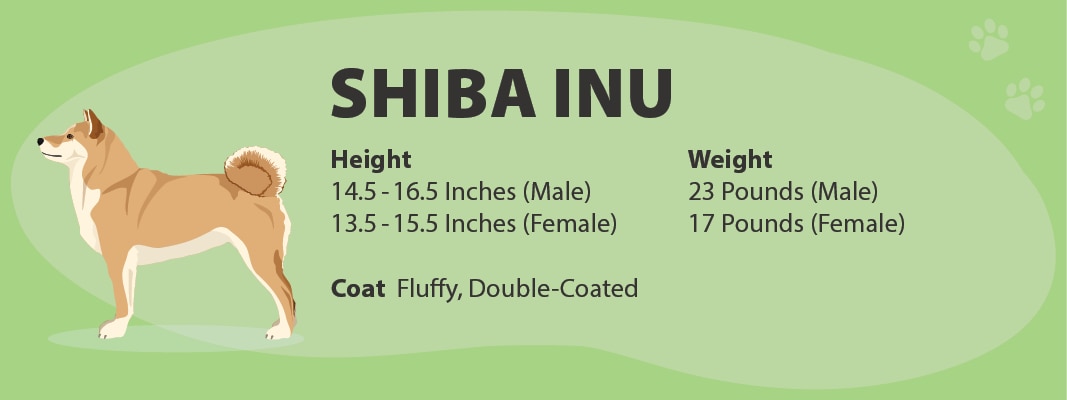
Shibas are small dogs, with males weighing around 23 pounds and standing 14.5 to 16.5 inches at the shoulder. Females are a bit smaller, typically weighing about 17 pounds and standing 13.5 to 15.5 inches tall.2
Their length is proportionate to their height, and the National Shiba Club of America describes them as “medium-boned, moderately compact and well-muscled.”3 Their appearance is often compared to a fox, particularly in regard to their fluffy double coat, which is often reddish with white or cream markings on the chest, face and tail.3 Shibas may also come in other colors, however, including sable and black with tan markings.3 Their fluffy tail is carried high and curls in a perky fashion over the lower back.4
The Shiba’s face is more teddy bear than fox, with alert and erect triangular ears sitting atop a fluffy head with expressive, almond-shaped eyes and a black button nose.4 They’re happy-looking dogs who often look like they’re smiling, which is undoubtedly a bit part of why they’re so beloved.
Shiba Inu Temperament
One word that comes up often when describing the Shiba’s personality is “spirited.” The Japanese use three words to describe the Shiba Inu’s temperament: “kan-i,” which refers to a combination of courage, boldness and mental composure; “ryosei,” which means gentle and good-natured; and “soboku,” which is defined as “artlessness with a refined and open spirit.”3
Shibas tend to have a sense of superiority, which shows up in the dignified way they carry themselves. But they’re all charm and affection with the people they love. They may become so attached to their humans that they develop separation anxiety, and while they don’t tend to be highly destructive, crate training is recommended for the times they need to be left alone.2
Well-socialized Shibas can get along well with children and other pets, but they don’t like to share and may become possessive of things that don’t belong to them. They need a lot of socialization and training from an early age to prevent resource guarding. Unneutered males may also be prone to dog-on-dog aggression. But neutering, along with lots of puppy socialization, usually keeps this tendency in check.3
Shibas are bright dogs who learn quickly and are exceptionally easy to potty train. That said, reliable recall — that is, coming to you when you call them — is not something that can be instilled into this somewhat willful breed. As such, they should never be trusted to go off-leash outside without a secure fence. Even indoors and within fenced yards, they should be watched carefully around open doors and gates to prevent them from taking off.2
Living With a Shiba Inu
The Shiba Inu is a versatile breed that was bred to hunt. Although they also make good house pets and companions, they’re not the right dog for everyone. Here’s what Shiba parents should know about living with and caring for this breed.
Who they’re best for
Shibas have a strong personality, and they prefer to do as they like. They need a pet parent who is both strong and patient, capable of setting clear boundaries and gently enforcing them to earn the dog’s respect. Their owner will need to devote a lot of time and energy, particularly during the early months and years, to socialization, obedience and crate training.5
Shibas can fit in well in families with school-age children, but they don’t always get along with small kiddos. Some Shibas are fearful of little kids with their sudden movements and loud voices and have been known to snap at little hands. Very young children should be closely supervised around your Shiba and taught how to interact with them quietly and gently.5
Living space
A Shiba Inu will do best in a home with a fenced yard where they can burn off energy with no worries that they’ll chase after small critters and never be seen again. But they don’t need much space and can do well in an apartment, provided they’re taken on plenty of walks or have enough room to zoom around indoors. Apartment-dwellers considering getting a Shiba should note that these dogs hate to be restrained, which can make them difficult to leash train.5
Exercise and activity
Although Shibas are active and energetic, they’re generally not hyper and don’t need a ton of exercise. They enjoy going on walks, but can also get their needs met by sniffing and zooming around a fenced yard or even zipping and bouncing around the house.5
Grooming
Shibas are heavy shedders. While their thick coats generally aren’t prone to matting, regular brushing can help stay on top of the excessive shedding. The AKC recommends using a cool blow-dryer or a shop vac on the blow setting to blow away loose hair along with dirt and debris, as Shibas may enjoy this more than getting brushed and combed.2
Your Shiba Inu will need their nails trimmed regularly. However, they don’t generally take well to nail trimming. They may accept it if you can get them used to it in early puppyhood, but this may be a task that needs to be done by a professional.2
Shiba Inu Health and Life Expectancy
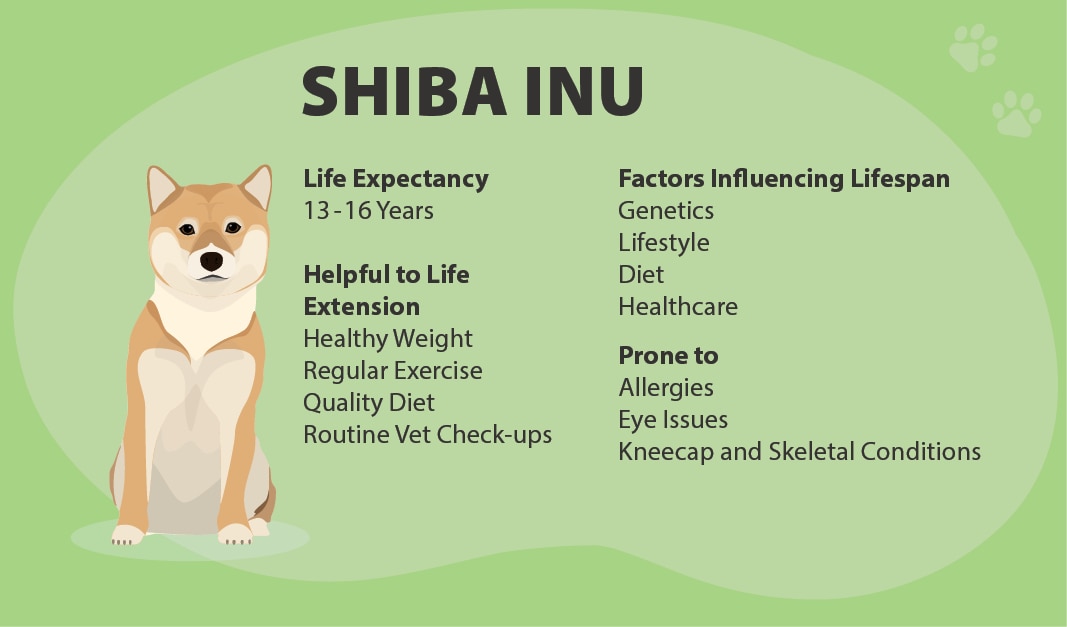
Shiba Inus live 13 to 16 years on average.2 Many variables can help determine an individual dog’s lifespan, including genetics, lifestyle, diet and healthcare. Maintaining a healthy weight through regular exercise, a quality diet and routine vet checkups can help your Shiba live a long and healthy life.
A Shiba should be fed high-quality dog food matched to their current life stage with a nutritional profile that’s approved by the Association of American Feed Control Officials (AAFCO).2 Talk to your vet about ingredients that meet your pup’s nutrition needs if you opt for a homemade diet.2 Shiba Inus typically eat one to one-and-a-half cups of dry kibble each day.5 However, confirm the appropriate amount with your vet to avoid overfeeding, which can lead to weight gain and obesity.2
Shiba Inus tend to be healthy overall. Ethical breeders do their best to screen out hereditary health issues, but some Shibas may still face a small number of health issues that prospective owners should know about.
Allergies
Allergies are the most common health complaint in Shiba Inus, often leading to itching and skin irritation.2 Flea allergies top the list, making flea control a must for this breed.5 Shibu Inus can also develop other types of allergies, and a vet may help identify the cause, allowing you to remove the source if possible.2
If the exact cause isn't clear, symptoms can usually be managed with a variety of treatments, from special shampoos to topical ointments.5 Corticosteroid drugs may also be prescribed.6
Eye problems
Some Shibas are born with hereditary eye defects that, if severe enough, can lead to blindness. While these dogs shouldn’t be bred, this in no way impairs their ability to enjoy life and be excellent pets.3
Shibas may also develop glaucoma later in life, which is pressure caused by fluid buildup in the eye. This is a painful condition that can also cause blindness. In severe cases, the eye may need to be surgically removed.7
Hip dysplasia
Hip dysplasia is a genetic condition in which the ball of the hip socket doesn’t fit properly into the joint. While it can be debilitating in large dogs, in small dogs like the Shiba, it tends to not cause any major discomfort or impairment.3
Patellar luxation
Patellar luxation, which may also be referred to as a luxating patella, is a condition in which the kneecap slips out of place. This can be mild to severe, with mild cases correcting on their own and not causing any real problems for the dog. Severe cases that result in pain or mobility issues can usually be corrected with surgery.8
Buying or Adopting a Shiba Inu
You can find AKC-registered Shiba Inu puppies from reputable breeders ranging in price from $500 to $3,500. Pricing depends on factors such as location, coloring and whether the parents are from championship lines. The price typically includes early healthcare, vaccinations and genetic testing.9
Shiba Inus of all ages, as well as Shiba mixes, can often be found at animal shelters and Shiba Inu rescue organizations. The Shiba Inu Rescue Association, which serves the midwestern United States, charges an adoption fee of $550 for puppies up to 1 year. The fee for adult dogs starts at $450 and decreases as the age of the dog increases.10
You can find a list of reputable Shiba Inu rescue organizations located throughout the U.S. on the National Shiba Club of America website.
Frequently Asked Questions About Shiba Inus
Do you still have questions about Shiba Inus? Here are answers to some commonly asked questions about this dog breed.
CareCredit Credit Card Financing for Dogs
Taking good care of your pet's well-being from nose to tail is essential. Make sure to stay up to date on their regular checkups at the vet to help keep your pet happy and healthy for a lifetime of love. You can use your CareCredit credit card for pet care throughout the year for routine veterinary services as well as emergencies and surgeries.* Use our Acceptance Locator to find a veterinarian near you that accepts CareCredit.
CareCredit is there for you and your pet every step of the way; continue your wellness journey by downloading the CareCredit Mobile App to manage your account, find a provider on the go and easily access the Well U blog for more great articles, podcasts and videos.
In addition to pet care, you can also use your CareCredit credit card for dentistry, cosmetic, vision, hearing, health systems, dermatology, pharmacy purchases, spa treatments and so much more within the CareCredit network. How will you invest in your health and wellness next?
Author Bio
Jean Marie Bauhaus is a freelance writer and novelist who has been writing pet content since 2013. Her work has appeared on Forbes.com, Hill's Pet, Chewy, AKC.org and more.



